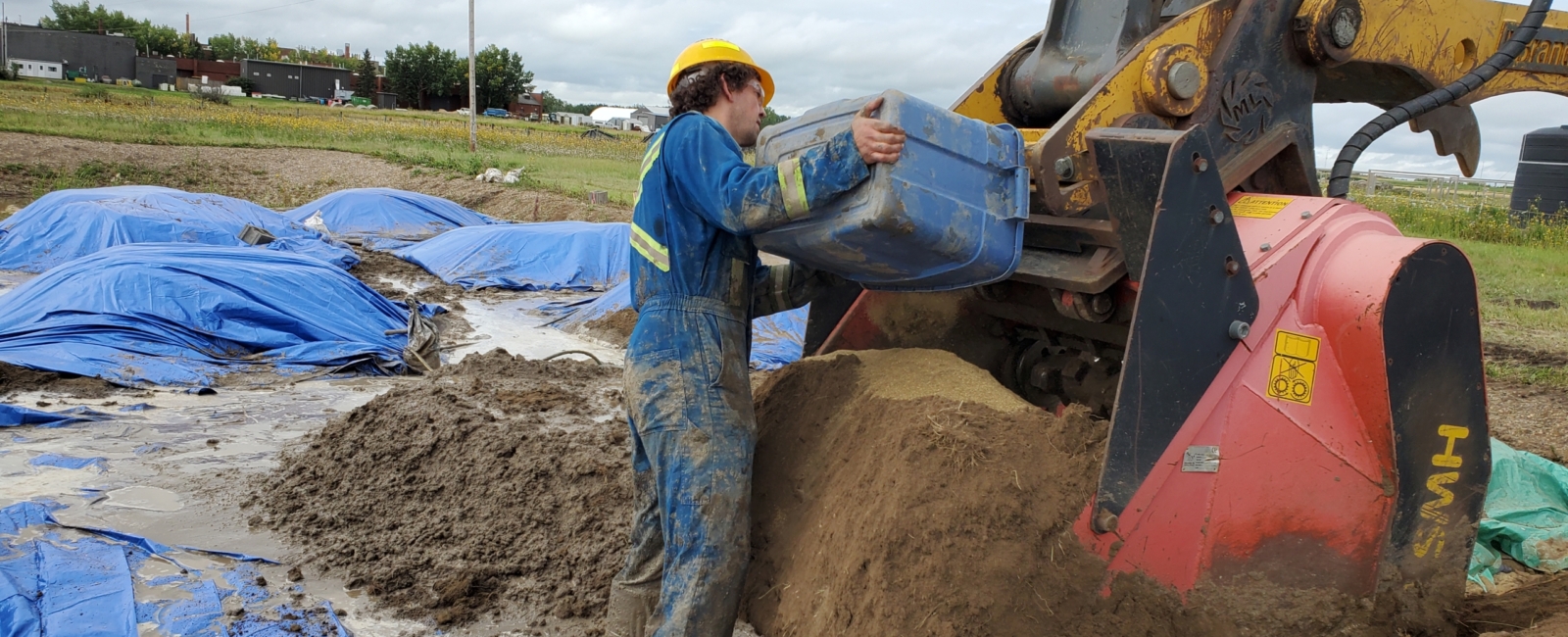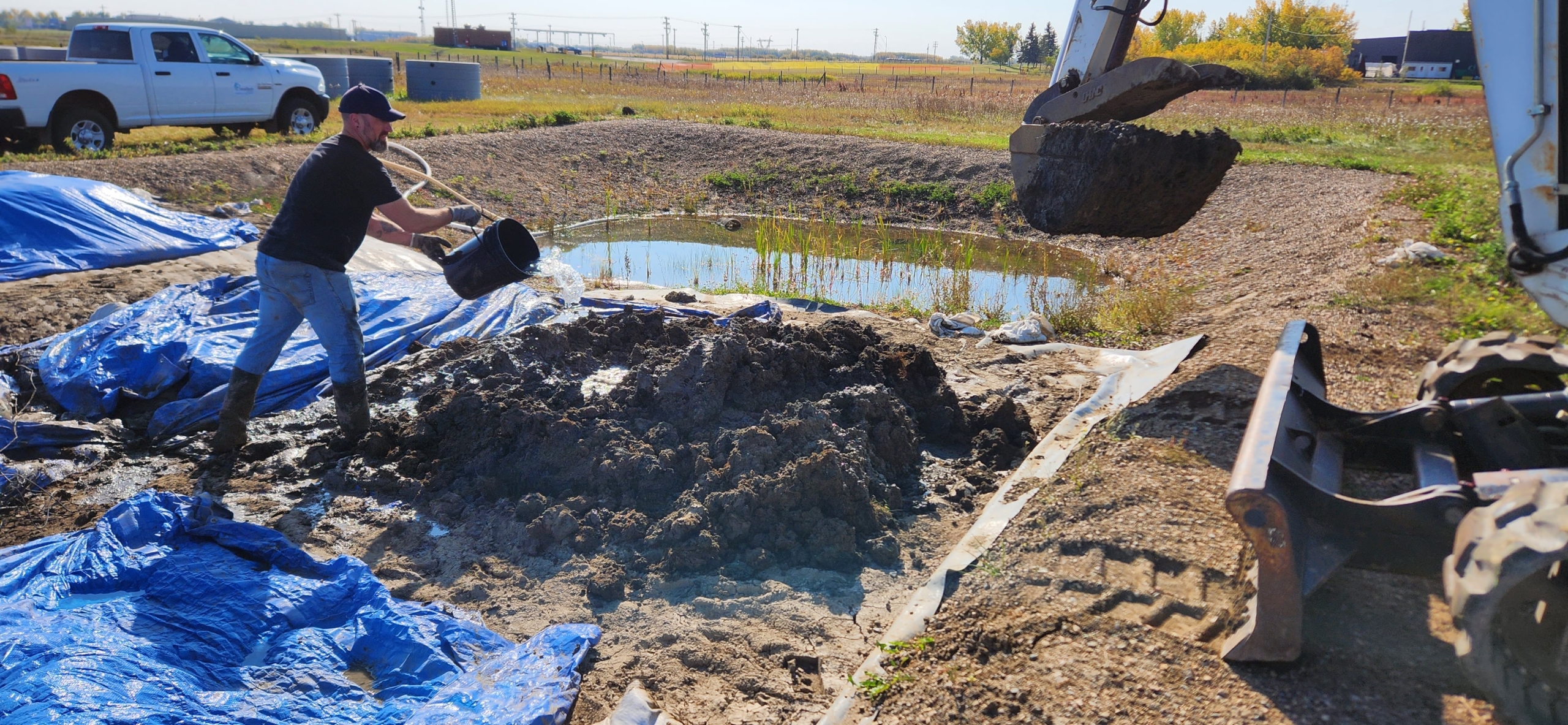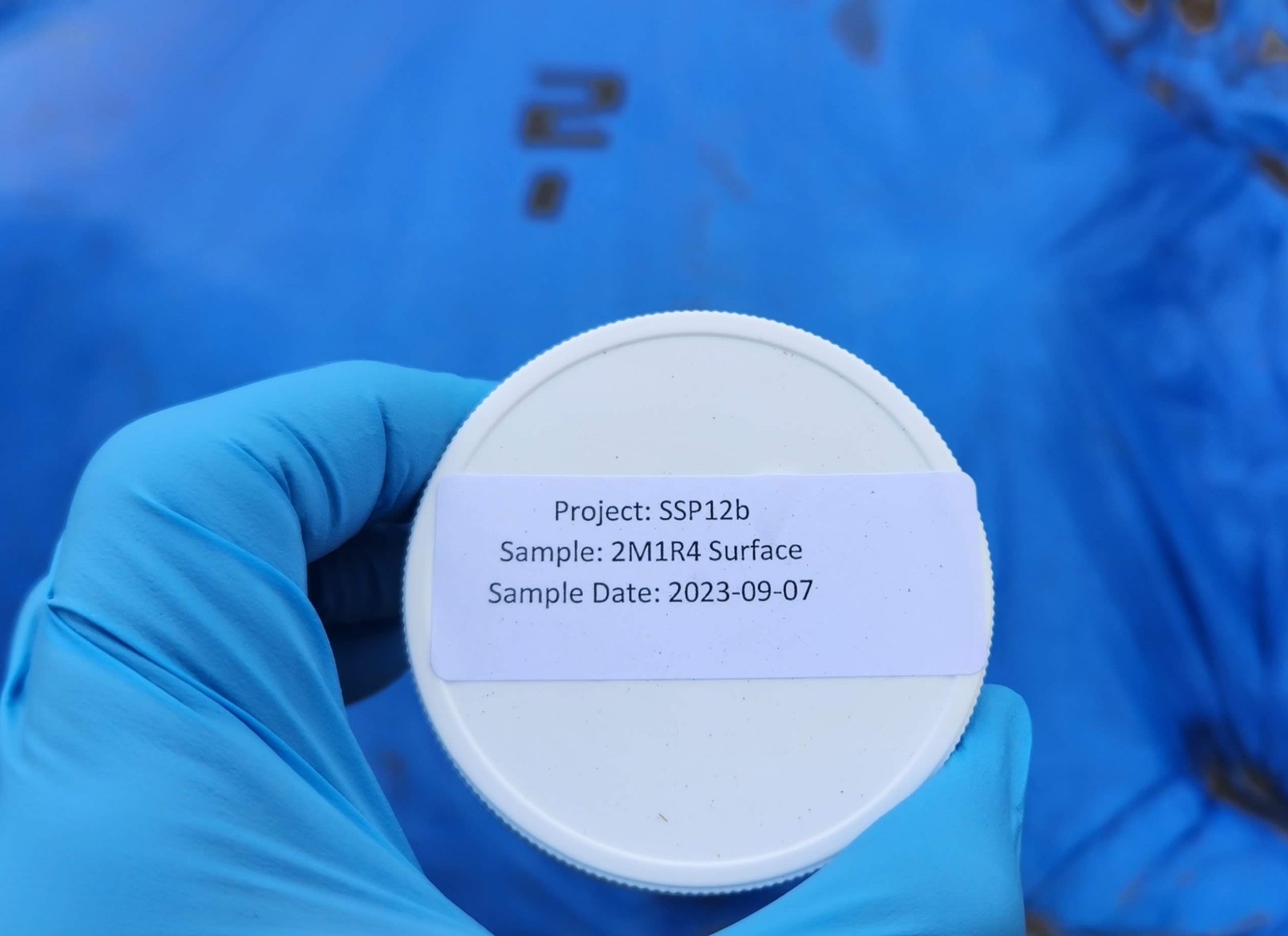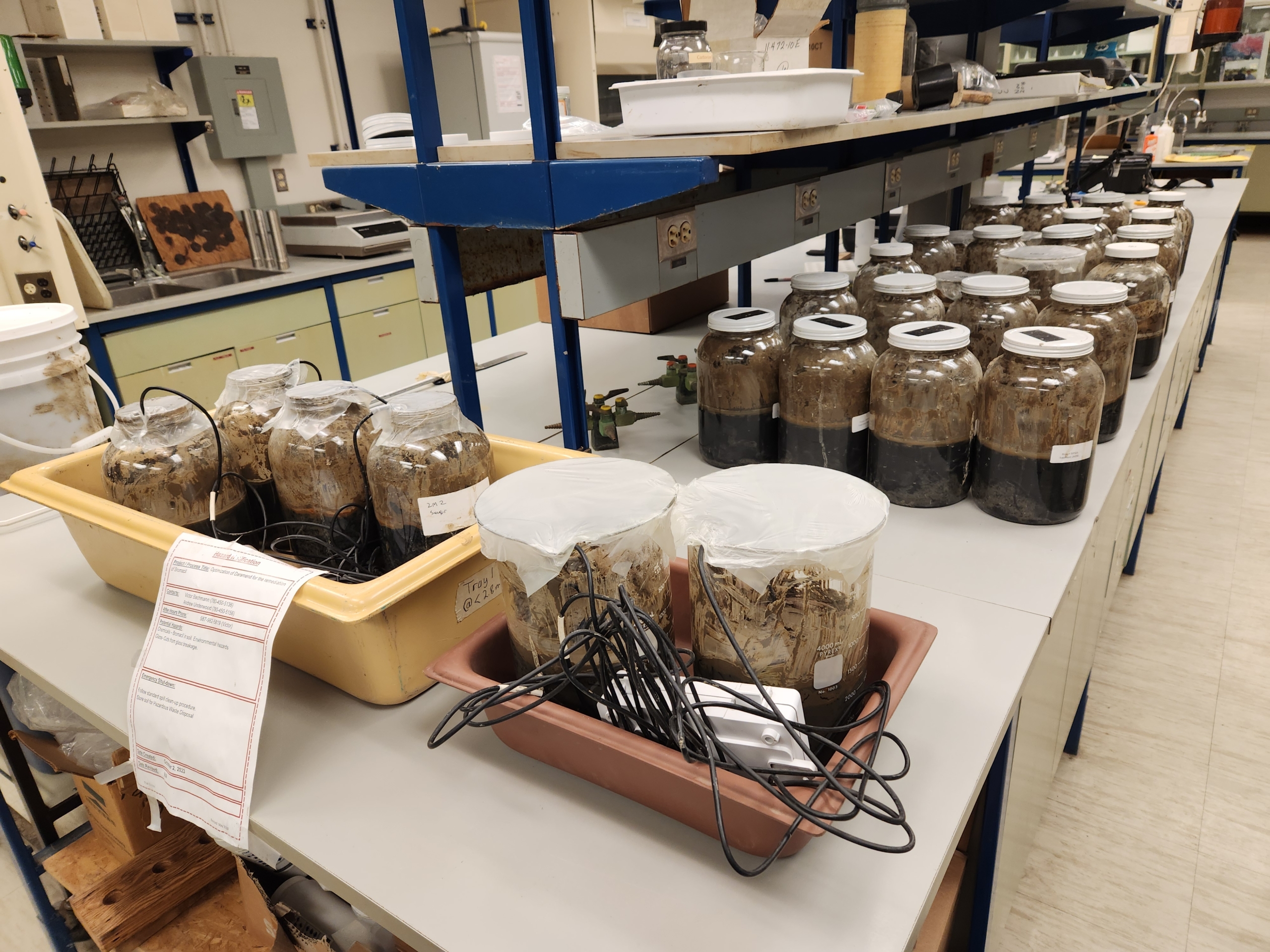
What are soil sterilants and what was the purpose of the program?
Soil sterilants are herbicides that were widely used in Alberta to keep industrial sites free of vegetation. The problem is, they don’t just disappear. They may stay in the soil for decades and even move off-site through water or even wind.
InnoTech Alberta launched a five-year Soil Sterilants Program, co-funded by industry and government, to replace guesswork with science. “The goal was to close knowledge gaps, find cost-effective strategies for detection and remediation, and ultimately support regulators and industry with sound evidence for land reclamation and site closure,” said Zhongzhi Chen, researcher at InnoTech Alberta. “This program stands on years of effort by Bonnie Drowzdowski, Victor Bachmann, and the work of InnoTech Alberta teams in Vegreville who took the science from the lab to field scale demonstrations.”
Program impact

Alberta now has clear, science-based guidance for sterilant remediation because of the Program. Industry can pinpoint and measure sterilants more accurately, regulators can make smarter, risk-based decisions, and communities benefit from safer land and water. Instead of one-size-fits-all fixes, the program paves the way for precision approaches—saving costs, protecting ecosystems, and setting a new benchmark for how Alberta manages contaminated sites.
The program also significantly advanced InnoTech Alberta’s expertise, especially in applied chemistry analysis, risk evaluation and remediation.
“Our Applied Chemistry Services team in Vegreville led the lab method development, while our environmental impacts team took the science into the field,” Chen noted. “It showed what InnoTech Alberta does best—turning complex science into practical solutions.”
Benefit to industry

Improved detection, smarter remediation, and fewer wasted resources are the benefits for industry dealing with sterilant impacted sites.
“The old approach might be to over-dig and over-spend,” Chen said. “Now, industry can use our methods to improve environmental site assessments while improving risk assessment and management.” An example of this would be how to determine what risks the site has to groundwater and off-site receptors, and how to exclude or protect these offsite receptors.
Value for Albertans
This isn’t just about industry efficiency—it’s also about Albertans.
“By improving how we detect and manage sterilants, we’re making land safer for communities and preventing contamination of water resources,” Chen explained. “And when we avoid unnecessary remediation, we’re saving costs for both taxpayers and industry. It’s a win on every front.”
Future outlook

Looking ahead, the program’s findings are poised to influence both regulations and best practices in Alberta.
“The work highlights that native species are often more sensitive than crops to sterilants,” Chen explained. “That’s a critical insight for reclamation success. Regulators can now consider degradation rates, plant sensitivity, and phyto-accessibility in ways they hadn’t before.”
The future, Chen believes, lies in risk-based, site-specific approaches: “Every parcel of land is different. The science now allows us to treat them that way, which could mean updated regulations, safer land, and better use of resources.”
Precision is the future of soil remediation in Alberta.